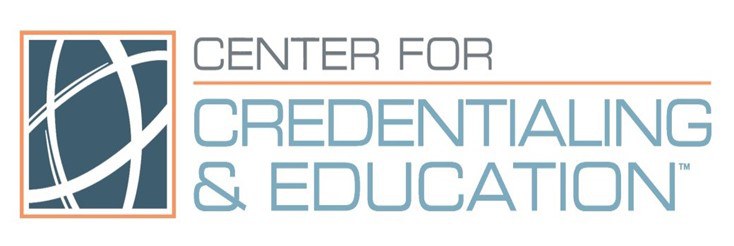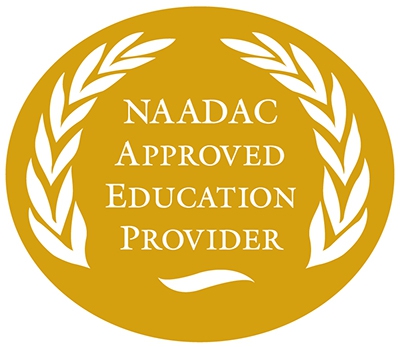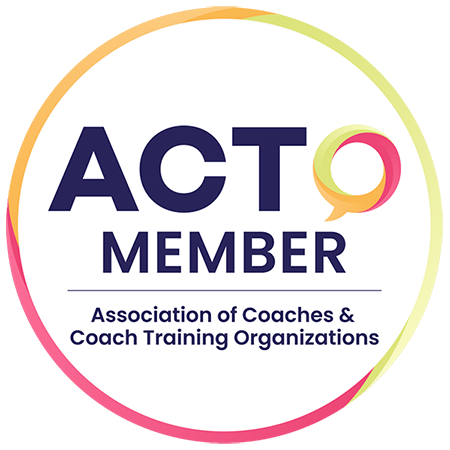
By: Candace L. Dorsey, MA, NCC, LPC
Question: Why should I pay a coach?
Answer: To get someone to listen to you, to hear you, and ultimately to become able to listen to your “self” and to hear your “self”.
"When people talk, listen completely. Most people never listen." —Ernest Hemingway
Basic listening skills include various types of listening. The first and most basic is reflective listening and is literally repeating what someone said verbatim. To help people remember, I often refer to this as the “Polly want a cracker” technique. Of course, body language and some of the tone is removed or changed when the words are repeated. Sometimes, the person is just plain shocked to know that someone actually heard exactly what was said. When what was said is reflected or mirrored back to the speaker, it is not unusual for the person to be surprised when hearing exactly what she or he just said.
If the person who speaks is insincere or angry, it may become readily apparent. If an individual is out of touch with her or his true self—actual opinions or feelings—these may also be brought to the surface. Another adjective for “apparent” is “transparent”. A synonym for the word “transparent” is “illuminating” which implies that greater clarity or some sort of enlightenment may be gained.
A less pure form of listening is interpretive listening. The listener seeks to determine if what was heard or received was the intended communication. If not, continuing to review various possible interpretations and to explore nuances of those interpretations may add meaning and clarification to the original verbiage. The use of powerful questions may be part of interpretative listening but is likely to invite the client to expand upon what was said initially.
Listening and hearing are not the same in that one must pay full attention to actively listen. How many times have you experienced misunderstandings or not hearing at all because a television was on, and one person was paying attention to it but grunted in agreement having no idea what was said? If one individual is somewhat distracted, e.g. cooking, while the other person speaks, then the two are not fully engaged. Depending upon how fully engaged the person is in the cooking or the television, the success of the communication may range from none to a fair degree of comprehension. These instances may not matter much when complete understanding and a strong connection are not necessarily needed and are not always totally inappropriate; e.g. as long as the garbage gets taken out or the dog gets fed, the exchange has served its purpose.
Texting and emailing have often caused problems because there is no tone or body language to help the receiver determine exactly what the words were intended to convey. The same words said in an upbeat tone with a smile and a wink are most likely meant to be perceived as a joke. Otherwise, they may have been perceived as quite sharp and sarcastic.
In today’s techno world, we may find it difficult to communicate on truly deeper levels that require listening, interpretive clarification, and a full connection. It is ideal if this can be done face-to-face. When we are able to hear the intonation in the voice, it is generally preferable to the written word. Sometimes, if sufficient time and enough adjectives and adverbs are present, the written word is adequate or provides even clearer communication. This, however, is not the way most texts or emails are composed.
In coaching, we seek to be present. We are focused on making the connection, looking for the nuance, asking about any perceived incongruity, and inviting further elaboration and exploration. When we are not able to be present between sessions, we encourage personal awareness and accountability via homework concerning job searches, relationship assignments, or tracking food intake and exercise. These assignments bring to the surface things that need to be seen or listened to by the client even more than by the coach. Attention and time are put into engaging the client in a process requiring focused energy from both coach and client.
Homework must be aligned with the underlying desires and goals of the client, or it will be a turnoff. Being present is vastly more important than any of these tasks. The most important part of coaching is listening for (not just “to”) what the client truly wants “to take away from today’s session” and engaging in a process of becoming in sync with the client.
“Listening is as attitude of the heart, a genuine desire to be with another which both attracts and heals.” —Saijdoo
Candace L. Dorsey, MA, NCC, LPC, BCC, an ILCT student, became a Board Certified Coach (BCC) in May of 2012 and has been in solo practice as a Professional Counselor since 1995. She is on her own transformative journey from full time counselor to part-time life coach in semi-retirement. Candace thrives on helping her clients to become fully actualized individuals by identifying and clearing any impediments that block this process. She may be reached by email at [email protected].




